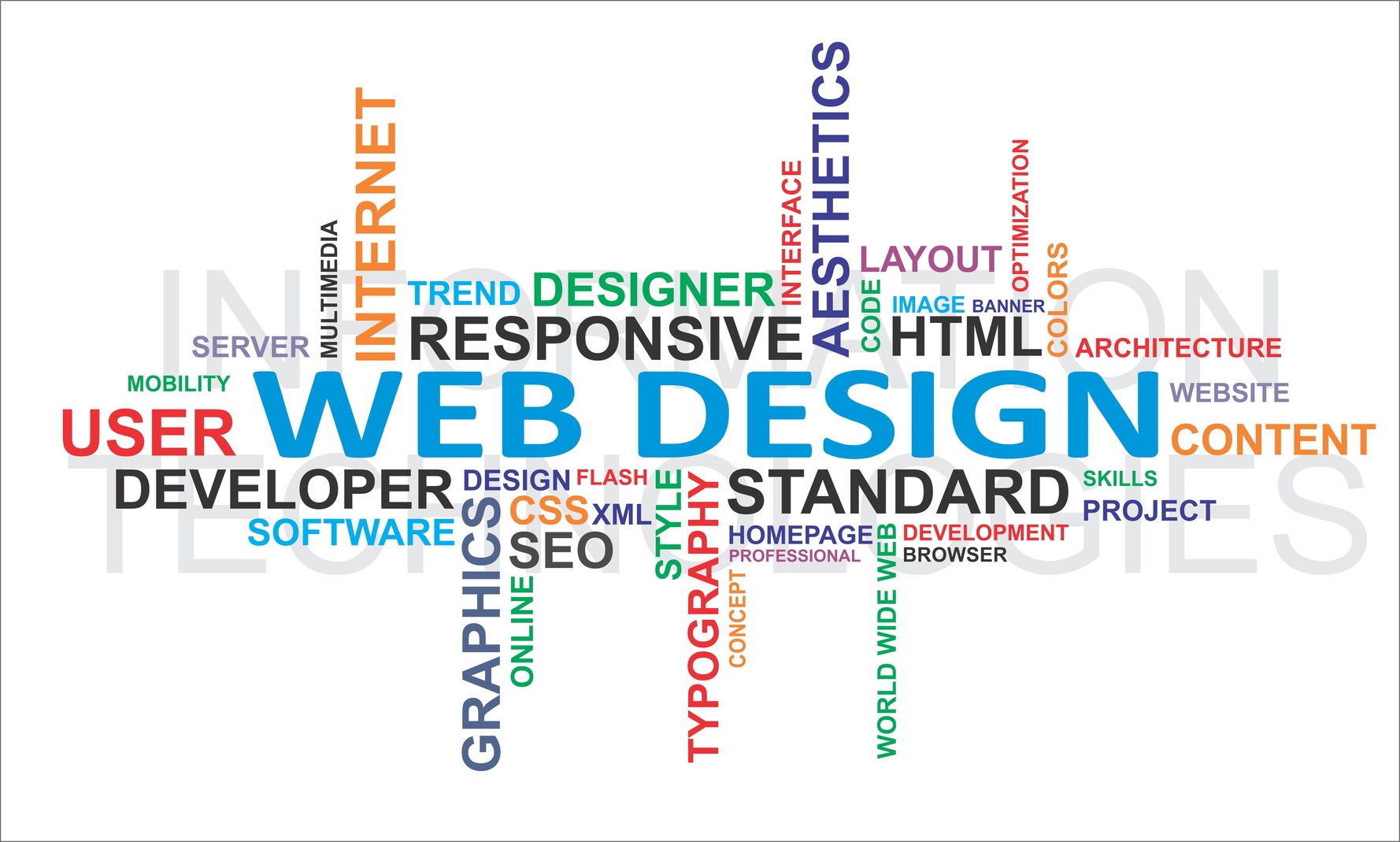A Comprehensive Guide to Crafting Visually Appealing and Functionally Robust Internet Design Solutions
A thorough understanding of fundamental style principles, along with an eager emphasis on user experience, can dramatically enhance the efficiency of internet solutions. By leveraging components such as shade concept and receptive formats, developers are geared up to produce not just aesthetically pleasing interfaces but additionally ones that cultivate individual interaction.
Comprehending Style Concepts
Recognizing design principles is essential to developing effective web remedies that involve users and communicate messages clearly. These principles serve as the structure for any effective style task, guiding the visual and functional elements of a website. Secret style principles include equilibrium, contrast, positioning, repeating, and distance, each playing a crucial function in establishing a natural and cosmetically pleasing design.
Equilibrium entails dispersing visual weight evenly across a page, making sure that no solitary component bewilders the others. Contrast improves readability and accentuates vital functions, allowing users to browse the web content easily. Placement produces order and organization, leading the audience's eye in a logical flow. Repetition reinforces a consistent aesthetic language, reinforcing brand identity and improving user knowledge with the interface. Distance groups associated elements, helping users quickly understand partnerships between different pieces of web content.
Importance of Customer Experience
Individual experience (UX) is vital in website design, as it straight affects exactly how visitors engage with a website and view its value. A well-designed internet site not just brings in users yet also maintains them engaged, inevitably resulting in greater conversion prices and consumer complete satisfaction. UX encompasses numerous elements, including use, accessibility, and the general aesthetic charm of the site.

Additionally, favorable user experiences foster brand name loyalty and encourage repeat check outs. Eventually, prioritizing user experience in web style is crucial for producing functional, interesting, and effective internet sites that meet the needs of contemporary users.
Shade Theory in Website Design
Color concept plays a crucial duty in website design, affecting not just the visual charm of a website however additionally the psychological feedbacks of its users. Recognizing color characteristics is vital for developing an effective individual experience. Colors can evoke specific feelings; as an example, blue frequently shares depend on and professionalism and trust, while red can infuse excitement or seriousness.
When picking a shade palette, designers should take into consideration consistency and comparison. Complementary shades can create vibrancy, while similar shades use a more serene feeling. Making use of tools like color wheels can aid in determining efficient shade mixes. Moreover, ease of access needs to be focused on; making certain sufficient contrast between text and background shades is vital for readability.
Furthermore, social context plays a considerable role in shade interpretation. For circumstances, while white indicates purity in Western cultures, it may represent mourning in some Eastern societies - web design. Therefore, an extensive understanding of the target market is important when applying shade theory.
Incorporating color psychology right into website design not just improves aesthetic allure however likewise affects user behavior, leading them toward preferred actions. Inevitably, a well-balanced shade method can dramatically elevate the general impact of a website.
Receptive and Adaptive Formats
In enhancement to color theory, the structure and layout of a website dramatically impact user experience and interaction. web design. Responsive and flexible layouts are crucial methods for guaranteeing that websites function successfully across a multitude of tools and display sizes
Receptive style utilizes liquid grids official website and versatile images, enabling the layout to readjust seamlessly according to the viewport dimensions. This strategy makes certain a consistent individual experience, as material reflows and resizes, preserving availability whether watched on a smart device, tablet computer, or desktop computer. Media inquiries play an essential duty in responsive style by using various styles based on the gadget's features.

Both methodologies intend to enhance individual experience by focusing on use and access. Picking in between responsive and adaptive layouts mainly relies on job requirements, target audience, and wanted individual interactions, ultimately contributing to the effectiveness of web layout remedies.
Testing and Optimization Strategies
Examining and optimization methods are crucial components of efficient internet style, making certain that web sites not only fulfill customer assumptions however also do successfully across different platforms. These methodologies encompass an array of techniques intended at reviewing functionality, capability, and overall performance.
A/B screening is a fundamental method, enabling designers to contrast two versions of a websites to determine which executes better in regards to individual involvement and conversion rates. User screening is equally important; it includes collecting comments from real users to identify discomfort factors and locations for improvement. This qualitative data can lead design modifications that boost individual experience.
Additionally, efficiency optimization techniques such her comment is here as photo compression, code minification, and leveraging web browser caching can considerably boost load times and responsiveness. Devices like Google PageSpeed Insights and GTmetrix give valuable metrics for evaluating website performance, making it possible for designers to find here make data-driven decisions.
Verdict
Receptive designs contribute to a smooth user experience across gadgets, better advertising engagement. Eventually, the application of these approaches not just raises user satisfaction however additionally drives conversion rates, solidifying the relevance of an extensive style framework.
Comments on “How to Boost Web Site Performance with Better Web Design”